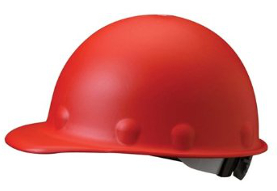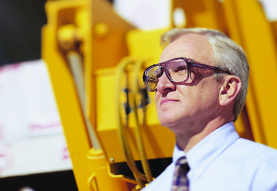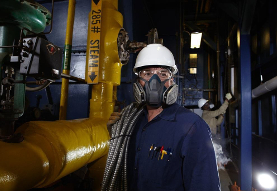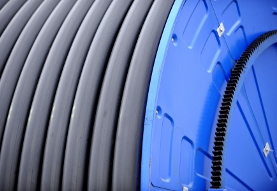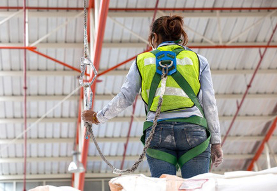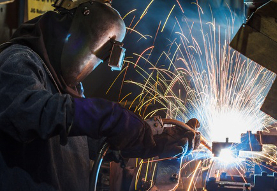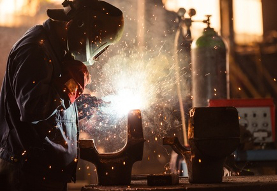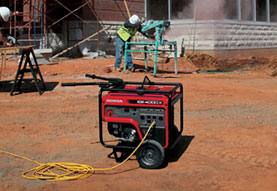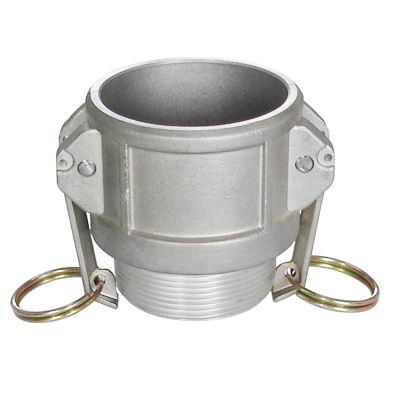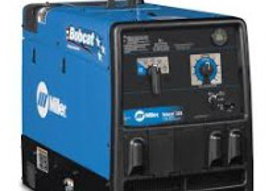 A core consideration for workplace safety is ensuring that all workers, and even simply visitors, at hazardous sites wear proper head protection at all times. Head injuries can easily result in brain damage, spinal injury and paralysis, or even death. Fortunately, proper head protection gear can go a long way toward minimizing these dangers and keeping the wearer safe. Let’s take a look at the essentials of head protection.
A core consideration for workplace safety is ensuring that all workers, and even simply visitors, at hazardous sites wear proper head protection at all times. Head injuries can easily result in brain damage, spinal injury and paralysis, or even death. Fortunately, proper head protection gear can go a long way toward minimizing these dangers and keeping the wearer safe. Let’s take a look at the essentials of head protection.
What Is Head Protection?
Head protection is anything that a person wears to protect the head from injury. Most often, this is a hard hat. A hard hat is the easiest option to protect against a variety of head injuries, such as impacts and burns. At Gopher Industrial we sell a wide variety of options that are ideal for a range of different commercial and industrial settings.
When Is Head Protection Needed?
Head protection is needed in many industrial settings as well as at construction sites. It is also important for any situation where the following hazards are present:
- Situations in which debris could fall from overhead
- Situations in which the head could be bumped or hit during the course of working
- Situations in which the head could come into contact with electrical hazards
Head protection is often used by construction workers, electricians, plumbers, log cutters, welders, and carpenters to name just a few occupations. It is always best to err on the side of caution when it comes to protecting the head and OSHA mandates head protection for a wide range of different occupations. Be sure to check the regulations for head protection in your industry and consider equipping workers and others on-site with head protection even if it is not mandatory but if you feel that there is still a risk, however small, of head injury.
Requirements for Head Protection
Adequate head protection should meet certain requirements in order to offer the best protection possible. A hard hat should meet the following conditions:
- Have a hard outer shell that can’t be penetrated
- Have inner lining and suspension bands that absorb shock
- Be water-resistant
- Be resistant to fire and slow to burn
- Have clear instructions for fit and wear
Hard Hat Options
While there may be a standard image that comes to mind when someone says “hard hat,” the reality is that there are actually many different designs and styles from which to choose. Gopher Industrial offers a range of hard hats to meet different needs. There are two types of hard hats and three classifications used to identify hard hat specifications.
- Type I, most common in the United States, provides protection from impacts to the top of the head but does not provide side impact protection.
- Type II, commonly used in Europe, provides impact protection to the top, side, back, and front of the head. A chin strap and foam liner are also required.
- Class G (general) are impact and penetration resistant and protect against voltage up to 2,200 volts.
- Class E (electrical) are the highest level of protection, protecting against voltage up to 20,000 volts and impact and penetration.
There is another minor classification, often referred to as bump hats. This style protects against bumping the head, but offers no protection from falling or flying objects and no electrical protection.
Guidelines for Choosing Head Protection
When buying head protection, you want to make sure you get the right protection, but that is not the only consideration to make. In order for head protection to really do its job, it also has to fit properly and be cared for properly.
Hard hats are usually adjustable, but they also come in different sizes. It’s important to choose the right general size for the person wearing it and then adjust from there for the best possible fit. If a hat is too small or too large, it may not be able to be adjusted to the correct size for the wearer. The right fit will allow for a gap between the strap and the shell. It will not feel tight or move around when on the head.
Overtime hard hats will wear out and need to be replaced. It is important to routinely inspect hard hats for damage or excessive wear. If you notice any of the following signs, the hard hat needs to be replaced.
- Cracks
- Perforations
- Misshapen shell
- Chalking
- Flaking
If a hard hat has been hit or experienced a significant impact, it should be replaced as a safety precaution, even if there is no visible damage. Any impact can weaken the shell. The interior suspension components can be replaced on their own when they show signs of wear without having to replace the shell if it is still in good condition.
Buying the Right Head Protection
Buying the right kind of head protection involves fully understanding the conditions where the hard hat will be needed as well as all relevant safety regulations for the given industry. It also requires careful selection of size and fit and routine inspection for wear and tear. Gopher Industrial provides a wide range of high quality head protection options. When it comes to outfitting yourself and your employees, Let the Gopher Get It!

